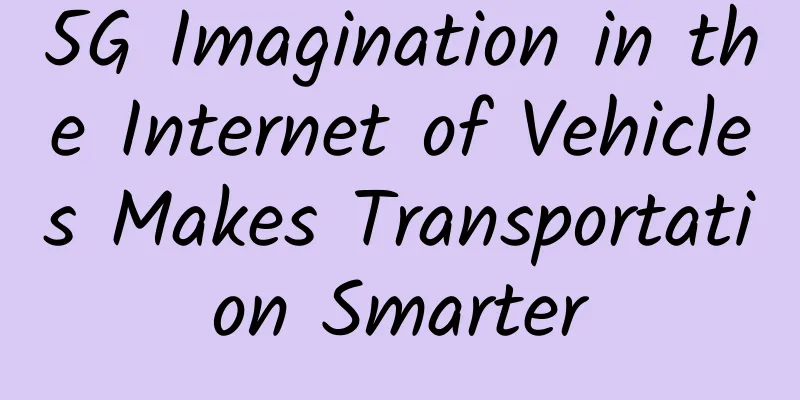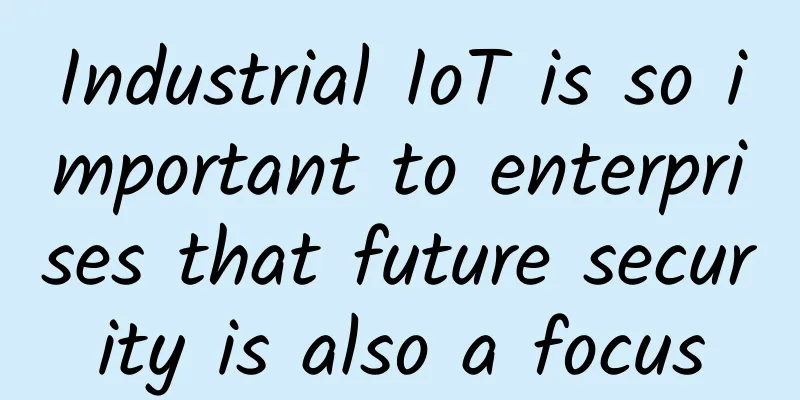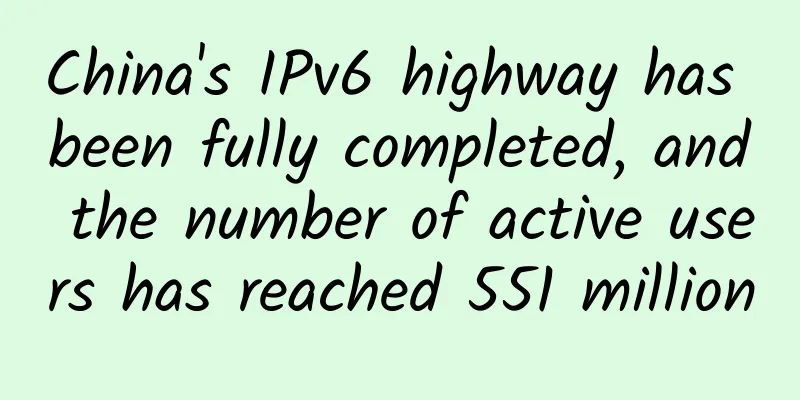5G Imagination in the Internet of Vehicles Makes Transportation Smarter

|
5G is one of the Internet of Things communication technologies, with three major characteristics: high speed, large capacity and low latency. Therefore, all imaginations based on 5G are inseparable from these three characteristics. There are many possibilities for 5G in the era of the Internet of Things. Smart healthcare, industrial Internet of Things, precision agriculture, etc. all have rich 5G applications. The editor believes that 5G applications in the Internet of Vehicles will be the most prominent one among them. Why do you say that? Because our lives are inseparable from transportation, traffic congestion is a global problem, and traffic safety is an important topic that the world pays attention to. Assuming that the Internet of Vehicles is fully utilized, both traffic congestion and traffic safety can be cured in the future. The concept of Internet of Vehicles originates from the Internet of Things, namely the Vehicle Internet of Things. It takes moving vehicles as information perception objects and uses the new generation of information and communication technology to realize the network connection between vehicles and X (i.e. vehicles and vehicles, people, roads, and service platforms), so as to achieve intelligent management of traffic, intelligent decision-making of traffic information services, and intelligent control of vehicles. In short, to achieve smart transportation and smart driving, it is necessary to first build a high-quality Internet of Vehicles. The Internet of Vehicles mainly refers to the "three-network integration", that is, the integration of the in-vehicle network, the inter-vehicle network and the in-vehicle mobile Internet. When cars and cars, cars and people, cars and roads, and cars and service platforms form a common network, it means that the chances of cars having powerful predictive and intelligent decision-making capabilities are greatly enhanced, which is crucial to solving traffic congestion and safety problems. At present, there are various demonstration projects of different sizes in various places, such as the first city-level vehicle-road cooperative platform in Wuxi, Jiangsu, namely the V2X-LTE demonstration project of the Internet of Vehicles. The information and communication technology selected for this project is LTE technology (a transition between 3G and 4G technology). LTE information and communication technology can well meet the application of Internet of Vehicles projects, but is there still room for imagination for 5G? We can understand it this way: 5G is the technological catalyst for the Internet of Vehicles. High speed, extremely low latency, and large capacity are all the ignition points of the Internet of Vehicles. Imagine a car traveling at 60 kilometers per hour on the road, moving 17 meters in one second. If it encounters a "ghost popping out" phenomenon (that is, pedestrians or vehicles suddenly appear on both sides of the road when the vehicle is driving in a straight line normally), it will be a great test for both ordinary cars and smart cars with driving assistance systems to be able to handle it safely. If the Internet of Vehicles is used, information exchange between vehicles becomes possible, and a car driving in a straight line can sense objects such as cars or people on both sides of the road in advance, will traffic accidents caused by "ghosts" be reduced? Obviously, yes. But what if the speed is increased? What if the speed is increased to 100 kilometers per hour, or even higher? At this time, to achieve true intelligent driving and reduce the rate of traffic accidents, it means that the network delay number must reach a very low standard, that is, the processing time of the vehicle in sensing the surrounding information must be reduced as much as possible. This coincides with 5G, whose network delay can be less than 1 millisecond, while 4G is 30-70 milliseconds. Secondly, with the development of the Internet of Vehicles, people, vehicles, roads and various devices are all terminal devices. The access of massive terminal devices to the network is a test for the network capacity. The same is true for the sensor data generated by various massive devices. However, the high speed and large capacity of 5G can meet these requirements very well. Traffic congestion, safety and other issues can be solved by the Internet of Vehicles, and with the support of 5G, the Internet of Vehicles' ability to solve traffic problems will be taken to a higher level. There is no doubt that 5G is currently the optimal solution for the selection of information and communication technology in the Internet of Vehicles. However, the coordinated development of the Internet of Vehicles cannot ignore the data collection capabilities of the sensor layer and the data analysis and intelligent decision-making capabilities of the application layer, which are important components of the Internet of Vehicles. At present, the development of 5G is still in its early stages. We cannot accurately predict the development of the times, but we can boldly imagine it, and this is where our right brain comes in. 5G+Internet of Things is the general trend. What other imaginations can be behind the trend? It will be up to you to fill in. |
<<: How should operators coordinate the development of 4G/5G during the “gear shift period”?
>>: “Double Eleven” flash sale strategy: Which is faster, 5G or Wi-Fi 6?
Recommend
AI brings innovative value, Huawei says it is time for AI to enter data center infrastructure
On November 15, 2018, the 4th Data Center Infrast...
Huawei Galaxy AI Network: Across the entire chain of the intelligent era, enabling transformation in thousands of industries
With the emergence of ChatGPT, we have entered a ...
Huawei's Liang Hua: Give machines intelligence and services a platform
On August 23, Liang Hua, Chairman of Huawei, atte...
ZTE is out of trouble, Huawei is hurt: An in-depth analysis of the ZTE incident
The official statement on June 7 that the U.S. De...
VMISS adds Los Angeles CN2 GIA line VPS with 20% discount starting from 4.8 CAD/month
VMISS has recently added a VPS host on the CN2 GI...
Operators' first-half report card released: 5G user scale reaches nearly 500 million, competing for 5G applications in the second half
Recently, the operating data of the three major o...
Tudcloud: Hong Kong VPS monthly payment starts from US$7.2, with options for high bandwidth or unlimited traffic
Tudcloud is a newly opened hosting company that p...
A brief discussion on SD-WAN troubleshooting
What do you do when your SD-WAN has a problem or ...
How can operators gain a foothold in the 5G terminal market?
The release of mobile phones has always been very...
Justhost offers 30% off, 24 data centers available in Hong Kong, Russia, the United States, Singapore, etc.
Received a promotional email from Justhost.ru. Fr...
DogYun May Day discount: 100 yuan/month discount for independent servers, 30% discount for dynamic cloud, 20% discount for classic cloud, top up 100 yuan and get 10 yuan free
DogYun has launched a promotion during the May Da...
Huawei's Ding Yun: Expanding the Connectivity Business Landscape and Winning the Industry's Digital Blue Ocean
[Beijing, China, October 13, 2020] Today, the 6th...
Several issues that must be understood about the NB-IoT protocol
The cellular-based Narrow Band Internet of Things...
New space age opens opportunities for edge computing
Satellite communications are starting to become f...
After talking about the three-way handshake and the four-way wave, I was asked to write the HTTP protocol code manually.
Recently, Afen’s colleagues have been preparing f...









